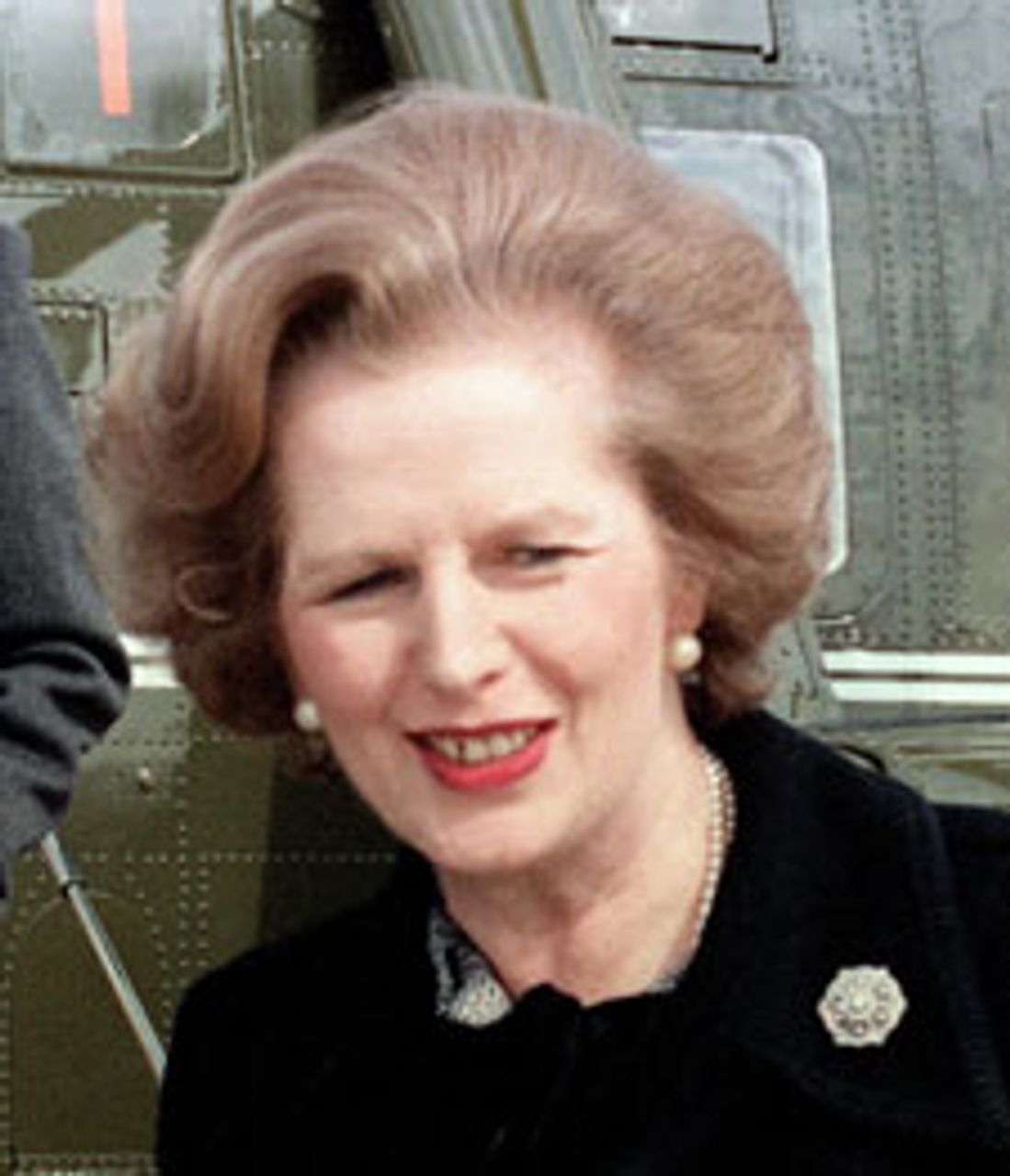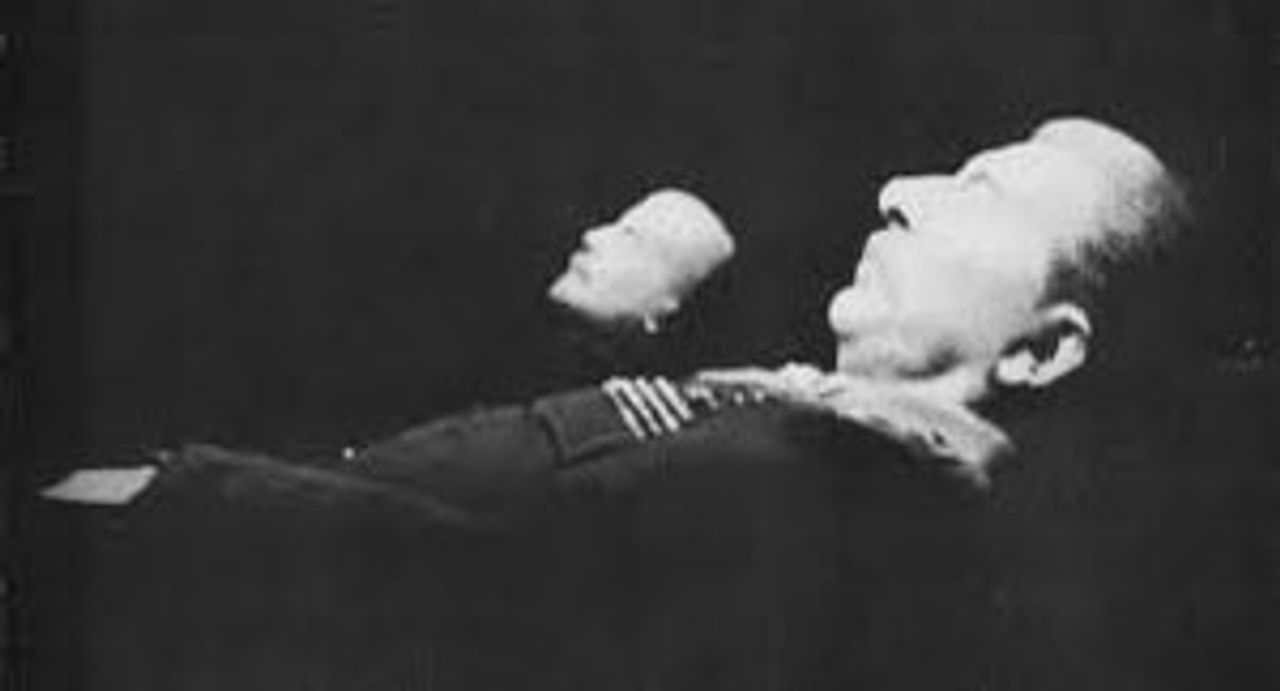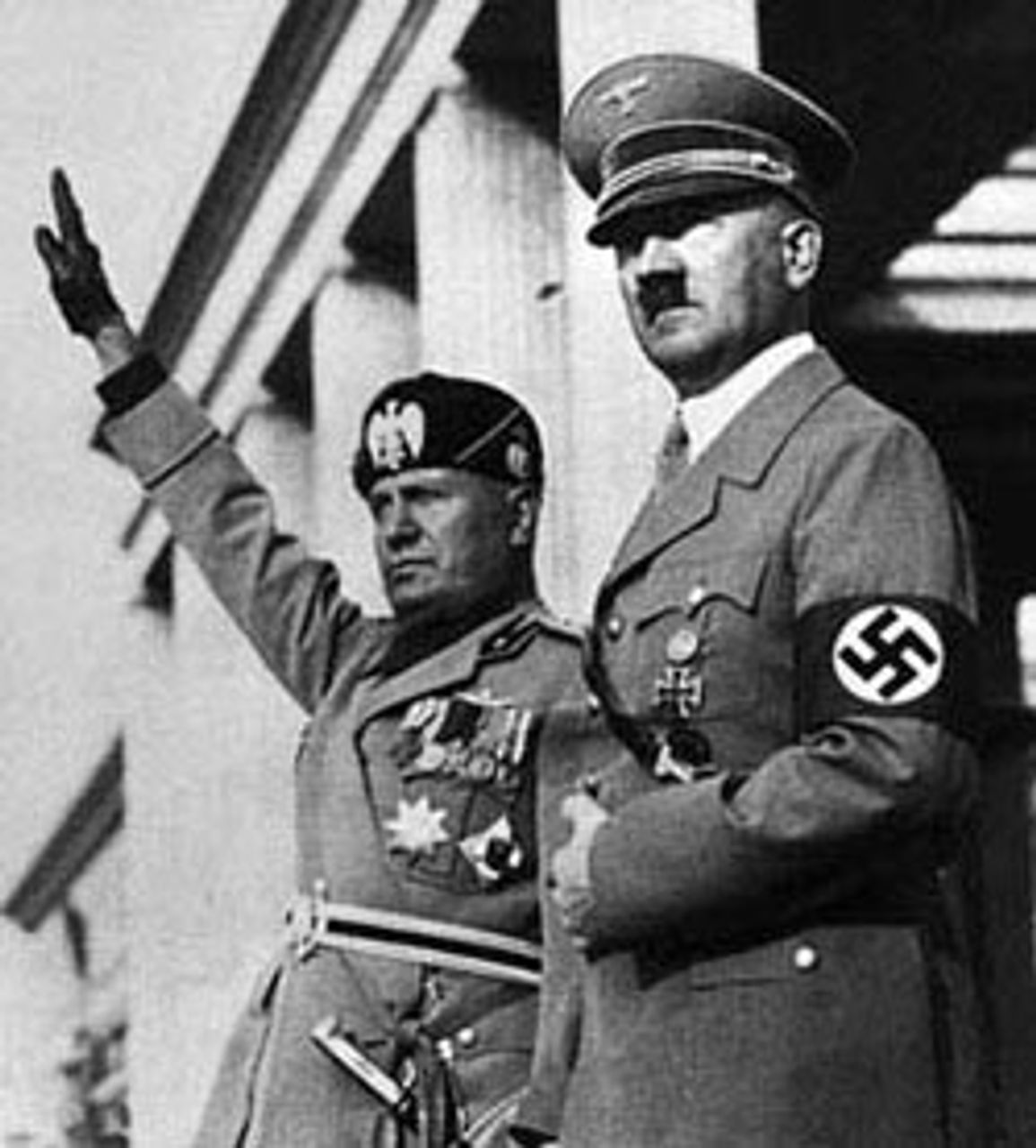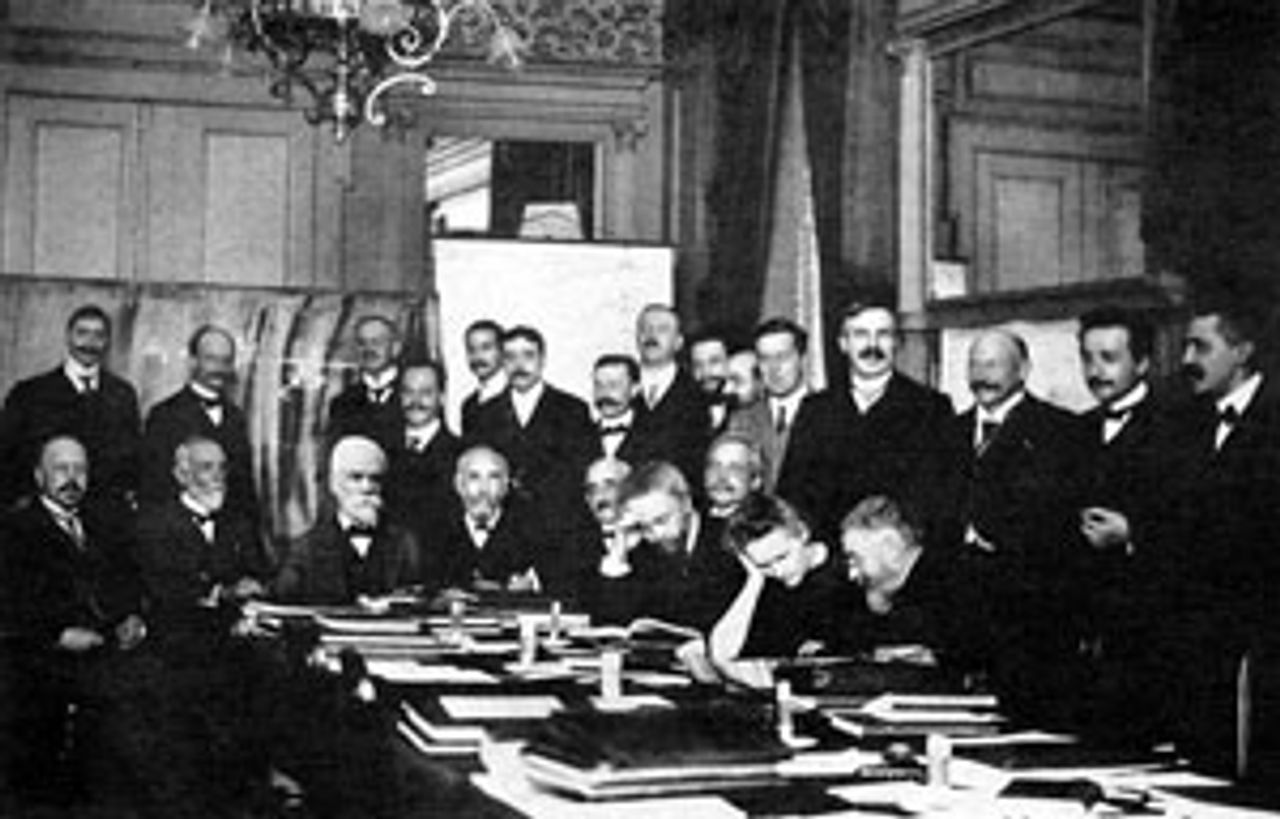This Week in History provides brief synopses of important historical events whose anniversaries fall this week.
25 Years Ago | 50 Years Ago | 75 Years Ago | 100 Years Ago
25 years ago: Thatcher launches “Big Bang” financial deregulation
 Thatcher
ThatcherOn October 27, 1986, the stock exchange in the City of London put in place what was dubbed “The Big Bang” of financial deregulation. That day stock trading became digitized through computer systems, and fixed commissions on stock exchanges were abolished, following a step that had taken place in the US 11 years earlier.
Where the British deregulation went farthest was in its abolition of “the regulatory barriers separating the activities of banks, merchant banks, traders and brokers,” putting London ahead of New York and Tokyo in what the New York Times called “the worldwide drive” away from constraints on financial speculation and “toward more free-wheeling capital markets…[a] ‘globalization’ of financial markets driven by new technology, increasingly sophisticated investors, and fewer government restrictions on money flowing across borders.”
The deregulation of the finance markets was part of a broader move by the government of Prime Minister Margaret Thatcher to do away with all impediments to the self-enrichment of the top financial layer. Contrary to the claims that the “Big Bang” would make the UK a first-rank world economy again, the move arose from the fundamental weakness of the British economy, and in particular the rapid decline of its industry—a relationship noted by sections of the establishment media.
The New Statesman condemned the measure and the City financial district, which it called an “unpatriotic casino which pays itself obscenely high salaries for dancing on the grave of British industry,” and the Financial Times noted that “bankers cannot defy the law of gravity by earning more than their clients forever.”
50 years ago: Stalin’s body removed from Red Square
 Stalin's body next to Lenin in mausoleum
Stalin's body next to Lenin in mausoleumBy a unanimous vote of the 22nd congress of the Soviet Communist Party on October 30, 1961, the embalmed body of former dictator Joseph Stalin was removed from the mausoleum in Moscow’s Red Square, where it had lain in state next to the body of Lenin since Stalin’s death in 1953.
The decision was a high-profile moment in the process dubbed “de-Stalinization” by contemporaries, which had begun with Soviet Premier Nikita Khrushchev’s “secret speech” denouncing some of Stalin’s crimes, delivered to the 20th Party Congress in 1956.
Khrushchev and other party leaders were trying to separate themselves from Stalin’s terrible crimes—with which they had in fact been complicit—including the extermination of the entire revolutionary leadership of 1917. But this did not represent a break from Stalinism, a nationalist and counterrevolutionary political tendency rooted in the bureaucracy and its material interests. In this regard Khrushchev was no less a Stalinist than Stalin himself.
In a sign of the deepening rift between the People’s Republic of China and the Soviet Union, China and its proxy, Albania, sharply attacked the decision to remove Stalin’s body. Only a week prior to the decision, Chinese Foreign Minister Zhou Enlai laid a wreath at Stalin’s tomb, hailing the gravedigger of the Russian Revolution as a great “Marxist-Leninist.”
75 years ago: Rome-Berlin Axis formed
 Hitler and Mussolini in 1940
Hitler and Mussolini in 1940On October 25, 1936, a protocol was issued by the German and Italian governments that formalized what would become known as the “Rome-Berlin Axis.” Signed by the two nations’ foreign ministers, Konstantin von Neurath and Galeazzo Ciano, the protocol covered a range of issues, including proposals for a new Treaty of Locarno and the development of a common policy towards Spain, Austria, the Balkans, and Ethiopia.
In the protocol, inked in Berlin, both fascist states continued to feign non-intervention in Spain while issuing calls for a Franco victory against Spanish Bolshevism. The protocol also contained German recognition of the Italian Empire of Ethiopia, seized earlier in the year, along with measures to bring Yugoslavia, Austria and Italy closer together. During the negotiations, Hitler told Ciano that Britain would attack both Germany and Italy, but that he was confident another four years of war preparations would build a German army capable of defeating the British. He also assured the Italian delegation that Germany had no designs on the Mediterranean.
Reporting on the agreement, a leading German newspaper claimed that Germany and Italy were “forces of order,” ramparts against “Bolshevist poison” who deserved “their place in the sun.” The Times noted that “outbursts against Soviet influence are much stronger than one is accustomed to … meaning that Herr Hitler has won Signor Mussolini over to his way of thinking that Bolshevists, as Artemus Ward said of Indians, are “poison wherever met.”
During a speech in Milan’s cathedral square a week later, Benito Mussolini spoke of the relationship between Rome and Berlin as “an axis around which all those European States which are animated by a desire for collaboration and peace can revolve,” thus popularizing the term “Rome-Berlin Axis.”
100 years ago: First Solvay Conference of preeminent physicists opens
 Solvay Conference
Solvay ConferenceOctober 30 marks 100 years since the opening of the first Solvay Conference, which gathered the preeminent physicists of the day to discuss the new physical theories of radiation and quanta. Those who participated—including Hendrik Lorentz (who chaired the first five conferences), Ernest Rutherford, Henri Poincaré, Marie Curie, James H. Jeans, Max Planck and Albert Einstein—laid the foundations for relativity theory and quantum mechanics, which revolutionized physics.
The preceding decade had witnessed a series of theoretical and experimental breakthroughs. In 1900, Planck, dealing with the theoretical challenges posed by the phenomenon known as blackbody radiation, was compelled to conclude that light energy behaved as discrete packets or “quanta,” rather than continuous waves. Debate over the legitimacy of quantum theory continued for much of the decade. Much discussion at the first Solvay Conference centered on that issue and, by its end, there was widespread agreement that fundamental principles of classical physics were at stake.
The Solvay conference was first discussed in the spring of 1910, but was delayed by a lack of interest. Planck initially listed just six scientists, including himself and Einstein, who might be interested. But such was the pace of developments, especially in experimentation, that by 1911, the necessity for a conference became apparent.
There was significant disagreement among the participants. Einstein was openly critical of Planck’s use of statistical probability applied to light quanta. Walther Nernst was skeptical about Einstein’s use of light quanta to explain the photo-electric effect. Einstein summed up his concerns about the theoretical limitations, saying: “The so-called quantum theory of today, though it is a useful tool, does not represent a theory in the usual sense of the word, in any case not a theory which can be developed in a closed form.”
The first conference was sponsored by Ernest Solvay, a Belgian industrialist who had previously funded other scientific endeavors, including establishing the Institute for Sociology at the Free University of Brussels, in 1894.
